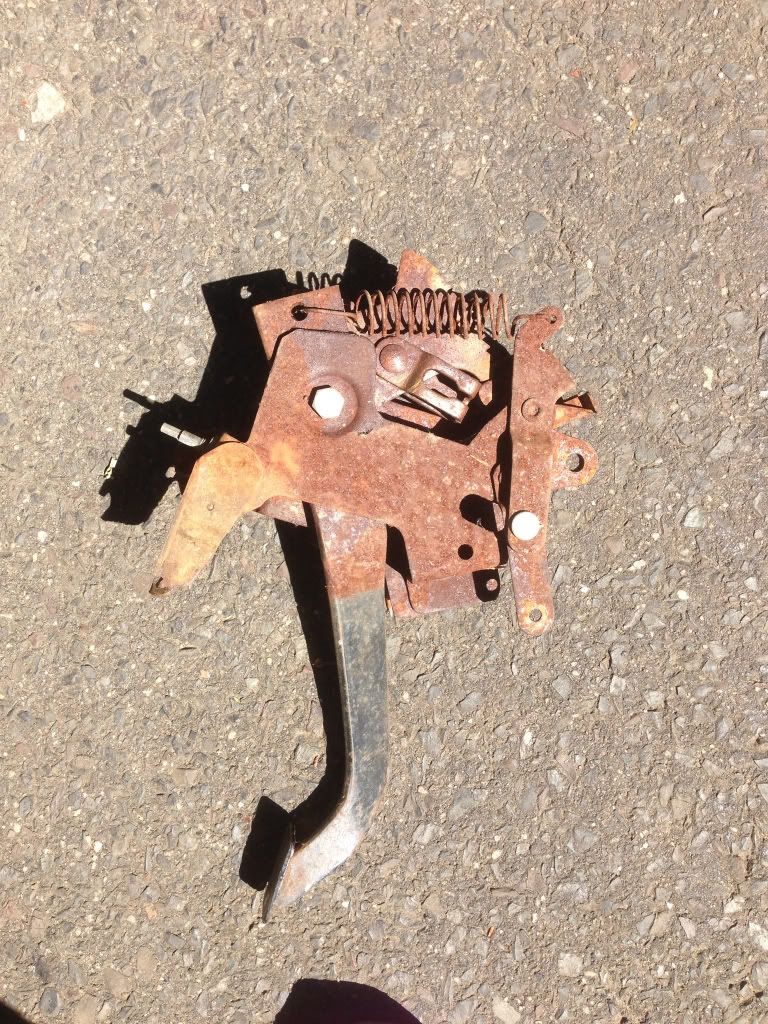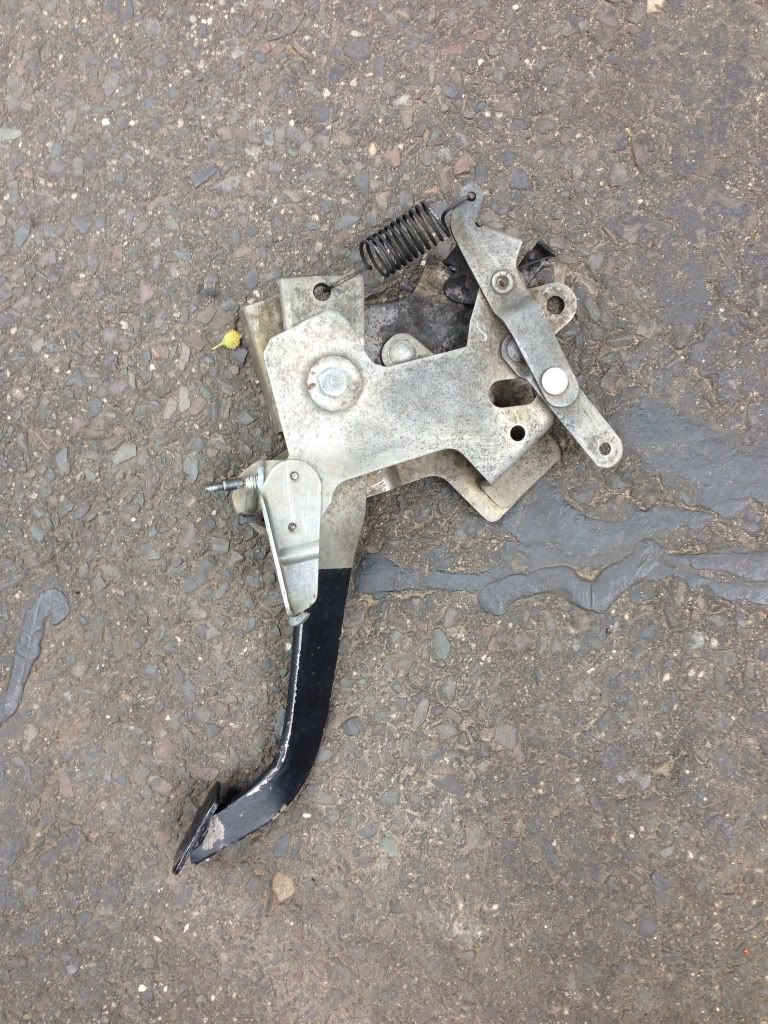Replies sorted oldest to newest
Without seeing what type of equipment you have, I would suggest WD-40 on Q-Tips. They will ne to be re-oiled afterward, as WD-40 is not a real good lubricant.
A surprisingly good rust remover is CLR bathroom cleaner. The name stands for calcium, lime and rust. I've seen this stuff sprayed on rusty sheet metal and the rust is gone. It might be worth a try and won't oil your wheels and track like WD 40 would. WD 40 would need to be removed before your wheels would grip the track again. Ask me how I know!!!!
The CLR and white vinegar is what I have used. Both will remove any bluing or factory black though. You need a dremel and a wire wheel too.
Rob
This is coming from a gun guy. Use a bronze wire brush or a brass brush, and the oil of your choice. I've used CLP ("Breakfree"), Kroil (Kano Labs) and Hoope's No. 9, all gun solvents. Let the oil pentrate & creep under the rust. For pits, use a dental pick or make a scraper out of brass (I smash old cartridge cases flat).
Be careful about using WD-40 for rust removal or general cleaning. I used on a
hobby milling machine, and while it cleaned it very nice, it stripped off all
residual oil on the machine and a month later it was rusted beyond belief.
For treating bare metal after de-greasing and/or de-rusting, I now use a spray
chemical called "Sheath", available in the Wal-Mart gun supplies department,
among other places.
-Mark
For rust on postwar trucks, I've always used a bronze brush (hand, not powered), followed by a good wipedown with alcohol. If any blackening has been removed by the wire brush, I apply gun bluing with a Q-Tip.
Either way, it should be followed by a thin coat of oil.
Do not discount the "As seen on TV" product! I use Evapo-Rust, and in spite of being advertised in a somewhat shady manner at times, it's great stuff!
I was skeptical when it was recommended to me for the exact same purpose, but it truly is amazing stuff, and unlike other methods it doesn't attack anything but the rust. It actually chemically removes the rust, and the best part is, it's reusable a number of times before it loses it's effectiveness.
I cleaned up four locomotives and a bunch of cars from the flood using Evapo-Rust, it truly worked out great.
I can't say enough about evapo rust so I'll let the pics do the talking:
before (43 year old break mechanism):

after (24 hours in the solution, no scraping or wire bushing):

And to make it relevant, 75 year old standard gauge track(top is before):

James, where do find the evapo rust? Looks like a great product. I guess you can store it in a tupperware container or something similiar and it won't attack the plastic?
It's tough to find, but you can get it online or from Harbor Freight. I called a distributor by me and he said it was a slow seller, so unless I was going to buy several 5 gallon buckets he couldn't get it. Go figure. There is also a product at Home Depot made by WD40 that I haven't tried yet, but it looks like it has the same properties. Nowhere is the active ingredient listed, which I thought was strange.
It leaves all plastic, rubber and old paint intact.
I think that TV show "American restorations" is using that same chemical now. Looks like a winner!
Rob
evaporust.com
I was truly blown away with how effective the stuff is. Remember, it's specific to rust on ferrousmetals, it actually chemically combines with the iron oxide. It has not affected any other material so far for me, including plastics, other metals, or even paint.
Phosphoric acid is popular for automotive use, and I think it may be the active ingredient in many of the products discussed in this post.
I got evapo-rust recently at an auto parts store
I love Evapo-Rust and you can get it at most auto parts stores. I've found it at O'Riely's and Pep Boys. You can't beat the stuff. Pre-war cars are saved instead of junked because of this stuff.
Bud
Is there any trick with using evapo-rust? I read somewhere (perhaps the directions) that if you leave the item in too long it will turn black. How do you judge what is long enough, but not too long?
Thanks
Bill
Is there any trick with using evapo-rust? I read somewhere (perhaps the directions) that if you leave the item in too long it will turn black. How do you judge what is long enough, but not too long?
Thanks
Bill
Well, for truck parts, that was a plus, since they should be black. ![]()
Is there any trick with using evapo-rust? I read somewhere (perhaps the directions) that if you leave the item in too long it will turn black. How do you judge what is long enough, but not too long?
Thanks
Bill
For really rusty parts I pull the piece out after 24 hours, seems to do the trick. Light surface rust, like the track pieces I posted above were in the solution for a couple of hours. I've forgotten about pieces for a few days and I've never seen one come out black.
Local Autozopne has Evaporust. I bought some yesterday. Had the motor in my Chevelle lose oil pressure Sat nite. Motor is out and setting on the garage floor! I am soaking a lot of the bolts now, Evapo's getting tested as we speak! This will curtail my RR fun a few weeks!
matt
http://www.youtube.com/watch?v=JAI5SF3NBqg
I suggest you all watch this video showing rust removal from a Tonka Toy.
That looks exactly like the results you get from Evapo-Rust, it removes the rust and doesn't do anything to other parts. I've even immersed motors in it for hours and when they came out, they were rust-free and when dried they ran like a champ.
Another Evapo-Rust fan here. Having been getting it at Harbor Freight.
Has anyone tried it on Super O track? I have been waiting for a solution.


